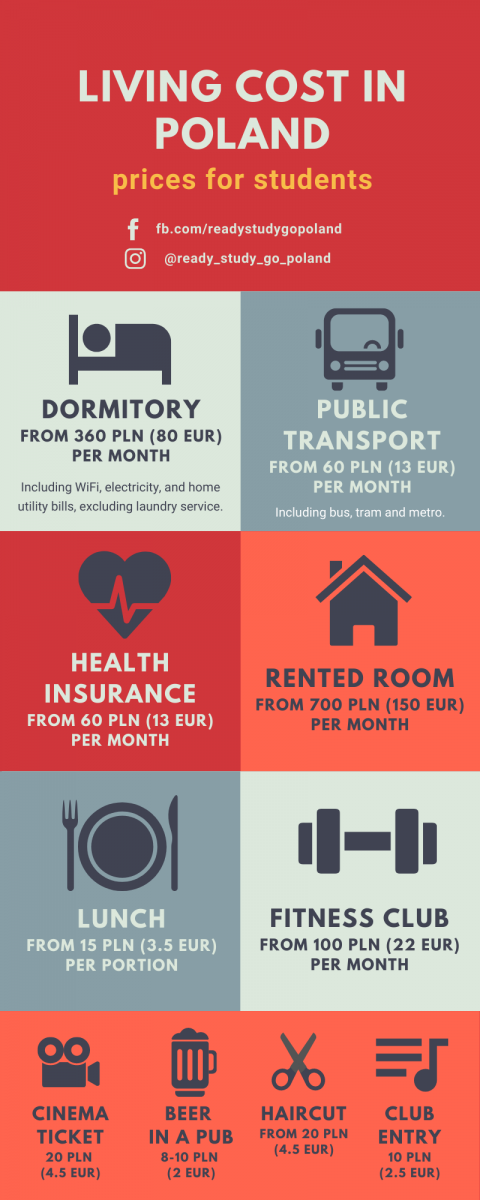The Major Economic Driver for Poland: Insight Into Poland's Income Sources
In the heart of Europe lies a nation distinguished by a diverse and resilient economic portfolio. This captivating country is none other than Poland. Over the decades, Poland has astoundingly progressed from an agrarian-oriented economy to a pivotal player in the industrial sector hosting substantial manufacturing power. This article delves into what fuels Poland's impressive economy and wealth generation.
From Agriculture to the Industrial Age: Poland's Transformation
At the turn of the 21st century, a massive shift had taken place in the economic arena of Poland. Originally, the country was heavily reliant on the agricultural sector, which housed most of the nation's workforce and was the primary source of the country's income. Specifically, farms and farming related activities extensively contributed to the Gross Domestic Product (GDP). However, in line with global economic trends, Poland transitioned towards embracing the industrial and manufacturing era.
The Rise of Industry and Manufacturing
Today, Poland enjoys a strong reputation for being a manufacturing hub in Europe. Its industry and manufacturing sectors significantly outpace its agricultural counterparts, employing a significant portion of the population and substantially contributing to the country's income. The products of these sectors are diversified, including machinery, chemicals, food products, and textiles, among others, all contributing to the progress of the nation.
International Trade: Friend or Foe?
Poland's economic performance is further punctuated by its robust international trade network. The nation exports a significant part of its industrial products and this has drastically shaped income generation in Poland. The main trading partners of Poland are Germany, Italy, and the Czech Republic. This international engagement bolsters Poland's ability to maintain balance in its economy and promote steady growth.
Embracing the Digital Revolution
As if not to be left behind, Poland has also made marked strides in the information technology and telecommunications sector. The rise in these industries is directly linked to the digital revolution era. They significantly contribute to the country's revenue and, as such, are undeniable pieces of Poland's economic puzzle. So, while the manufacturing sector may remain prominent, diversification of income sourcing is apparent in Poland and that is something worth noting.
The Backbone of Poland’s Economy
But what really keeps Poland's economy thriving? Its unwavering commitment to economic reform combined with the entrepreneurial spirit of its people. As such, domestic consumption plays a significant role. The robust retail sector is an obvious display of Polish citizen’s income and spending propensity, contributing substantially to the economy.
Conclusion
All in all, from its shift away from an agrarian economy to a manufacturing powerhouse with a diversified economic broad base, Poland has indeed reached remarkable milestones. Its economy has the strength and the resilience to face future challenges and the agility to ride the wave of changing global economic trends. This paints a promising economic landscape for Poland's future. With its multiple streams of income generation, Poland has crafted a blueprint for sustainable economic growth that many can learn from.



